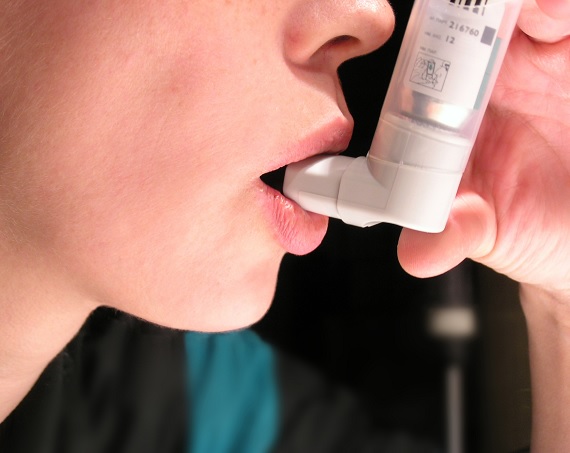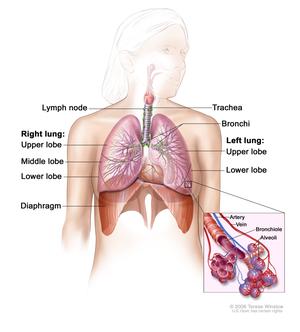Asthma Disease
In Asthma, people's airways become so narrow (temporarily or permanently) that it's difficult for them to breathe. Asthma typically comes in episodes or "attacks” of wheezing, coughing and shortness of breath. Without proper treatment, the lungs may gradually take in less oxygen, affecting your general physical fitness.
 But asthma doesn't always get worse. Nowadays, asthma can be treated quite effectively using medicine and other interventions such as regular exercise. Most people with asthma can manage their illness and live a mostly symptom-free life. It's important to know what you can do on your own, and to find out what kind of treatment is best suited to you.
But asthma doesn't always get worse. Nowadays, asthma can be treated quite effectively using medicine and other interventions such as regular exercise. Most people with asthma can manage their illness and live a mostly symptom-free life. It's important to know what you can do on your own, and to find out what kind of treatment is best suited to you.
Symptoms
Common asthma symptoms in children include coughing and whistling or wheezing sounds when breathing. Other typical signs of asthma are usually not yet present. In teenagers and adults, asthma is characterized by the following symptoms:

- Shortness of breath (often in sudden attacks)
- Breathlessness when exercising
- Sounds when breathing (out): e.g. wheezing, whistling, rattling
- Chest tightness
- Coughing and/or the urge to cough
These symptoms mostly happen in episodes or attacks, often at night too. This is one of the reasons why some people who have this chronic illness often feel so tired and groggy during the day. During an asthma attack, initial minor breathing difficulties can get worse and develop into more serious shortness of breath.
Treatment
Two main groups of medications are used to treat asthma:
- fast-acting medication that is taken when needed (reliever or “rescue” medication), and
- slow-acting medication that is taken regularly (controller or preventer medication).
